CARING WITH FAMILY
|
| The level of affection a dog breed is likely to exhibit toward family members or familiar individuals can vary significantly from one breed to another. Certain breeds may display a discerning nature reserving their affection solely for their primary caregiver. Others, however are more gregarious extending their warmth and friendly demeanor to virtually everyone they become acquainted with often treating all familiar faces as if they were their closest companions. |
LOVE WITH CHILDREN
Unwise
Good With Children
|
| The degree to which a dog breed tolerates and exhibits patience with children's behavior and its overall suitability for family life can vary among different breeds. Some breeds are renowned for their gentle demeanor and enduring patience making them natural companions for lively households with children. These breeds tend to be more forgiving of a child's unpredictable behavior and may bond deeply with all family members. |
BEHAVIOR WITH DOGS
Unwise
Good With Other Dogs
|
| The predisposition of a dog breed towards friendliness with other canines can vary widely. While some breeds are inherently sociable and may seamlessly integrate into a pack easily making friends both within the household and in social settings other breeds may carry a more reserved or dominant temperament that necessitates careful, supervised introductions when meeting new dogs. It's important to remember that regardless of breed tendencies each dog is an individual and experiences with other dogs will also be shaped by their unique personality socialization history and training. |
SHEDDING LEVELS & MANAGEMENT
No Shedding
Hair Everywhere
|
| The amount of fur that a dog breed leaves behind, commonly referred to as shedding, can substantially differ across breeds. High-shedding breeds will naturally drop a significant amount of hair around the home, which translates to more frequent brushing to manage their loose fur and minimize the spread. These breeds might also be more likely to trigger allergies related to pet dander and would demand more rigorous cleaning routines including regular vacuuming and the use of lint rollers to keep hair off clothing and furniture. |
COAT GROOMING STANDARDS
|
| Consider the grooming schedule for a breed including how often they'll need baths, brush-outs, trims, or other types of coat care. When you're weighing up the grooming demands think about the amount of time you can dedicate your willingness to stick with the routine and your finances to cover these grooming needs. And don’t forget irrespective of the breed regular nail clipping is a must for all. |
DROOLING INTENSITY
Less Likely to Drool
Always Have a Towel
|
| Consider the tendency of a breed to drool. For those who prefer a tidier environment pups known to dangle strands of drool across your arm or leave sizable damp patches on your attire might not mesh well with your lifestyle. |
COAT STYLES GUIDE |
| Double |
| COAT SPECTRUM |
| Long |
FRIENDLINESS
Reserved
Everyone Is My Best Friend
|
| Think about how receptive a breed typically is to unfamiliar faces. Certain breeds may naturally be more restrained or wary when they encounter strangers no matter the setting. On the flip side there are breeds that eagerly look forward to greeting a new person every chance they get! |
LIVELINESS
Only When You Want To Play
Non-Stop
|
| Contemplate the likelihood of a breed maintaining its zest for playtime well beyond its puppy years. While some breeds may never outgrow their love for a spirited game of tug-of-war or fetch as they age others might prefer to simply lounge on the sofa and enjoy your company as their main form of leisure. |
VIGILANCE INTENSITY
What's Mine Is Yours
Vigilant
|
| Reflect on a breed's instinct to notify you about the presence of strangers. Breeds with this trait tend to respond to perceived threats from the mail carrier approaching the door to a squirrel scampering near the window. These same breeds often grow more welcoming to new people who are welcomed into the home by their family members. |
ADAPTATION CAPACITY
Lives For Routine
Highly Adaptable
|
| Reflect on a breed's adaptability to change. This encompasses shifts in living environments, fluctuations in noise levels, different weather conditions, alterations in daily routines and other everyday life variations. |
OBEDIENCE LEVEL
Self-Willed
Eager to Please
|
| Consider the trainability of your dog and their eagerness to embrace new lessons. Certain breeds are naturally inclined to please their owners and relish in learning new commands, while others exercise more independence following their own whims whenever and wherever they choose! |
STAMINA LEVEL
|
| Ponder the level of physical activity and mental engagement a breed requires. High-energy breeds are always on the go, bursting with enthusiasm for whatever escapade comes next. They joyfully spend their days romping, leaping and engaging in play. In contrast low-energy breeds are akin to couch potatoes—content to laze around and indulge in long naps. |
VOCALIZATION
|
| Medium |
LEARNING CURIOSITY LEVEL
Happy to Lounge
Needs a Job or Activity
|
| Breeds that have been developed for specific tasks may crave activities that necessitate critical thinking problem-solving and focus. If these dogs are not provided with sufficient mental stimulation they are likely to take the initiative to design their own intellectually engaging activities which may not align with what you would prefer they do. This is why it's important to engage such breeds with training, interactive play and work-like tasks that can help prevent undesirable behaviors born out of boredom or frustration. |
| COLORS |
|
Description
|
Registration Code
|
|
Black
|
007
|
|
Black & White
|
019
|
|
Black White & Gold
|
032
|
|
White & Gold
|
208
|
|
Gold & White
|
092
|
|
Golden Brindle
|
096
|
|
White
|
199
|
|
White & Black
|
202
|
|
Sable
|
164
|
|
Brindle
|
057
|
|
Gold
|
091
|
|
Black & Gold
|
234
|
|
Brown & White
|
063
|
|
Silver
|
176
|
|
Silver & Black
|
177
|
|
Silver & White
|
182
|
|
Brindle & White
|
059
|
|
Brown
|
061
|
|
Fawn
|
082
|
|
Fawn & White
|
086
|
|
Gray
|
100
|
|
Red
|
140
|
|
Black & Brown
|
009
|
|
Black & White Brindle
|
020
|
|
Black Brown & White
|
022
|
|
Sable & White
|
165
|
|
Gray & White
|
105
|
|
Red & White
|
146
|
|
Red Brindle
|
148
|
|
Black & Brindle
|
008
|
|
| PATTERNS |
|
Description
|
Registration Code
|
|
White Markings
|
014
|
|
Black Markings
|
002
|
|
Black Points
|
019
|
|
Black Mask
|
004
|
|
Ticked
|
013
|
|
Sable
|
026
|
|
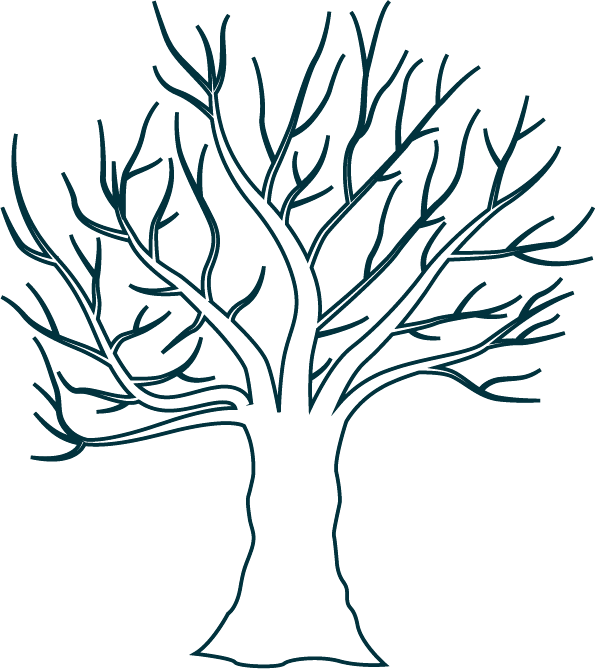


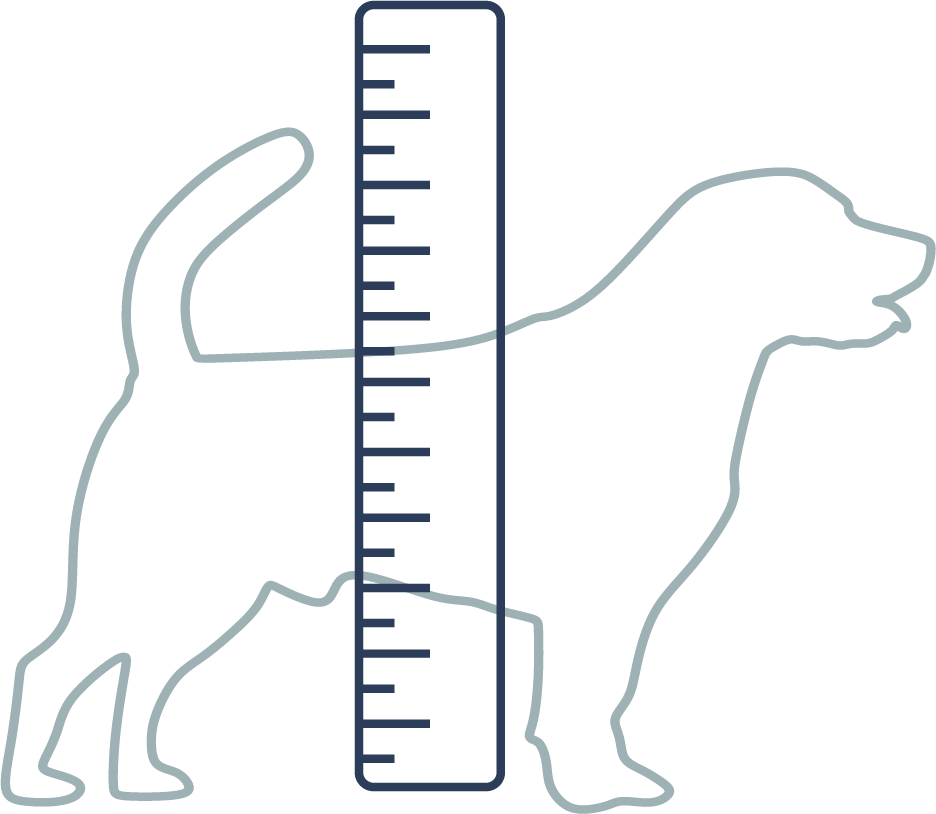


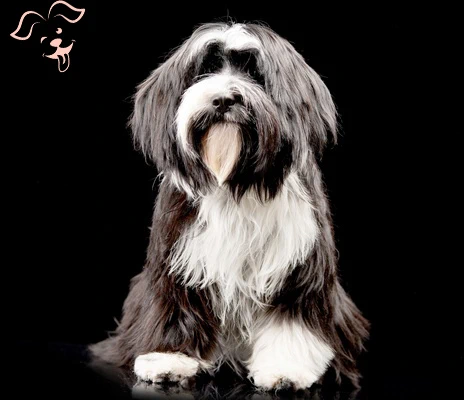

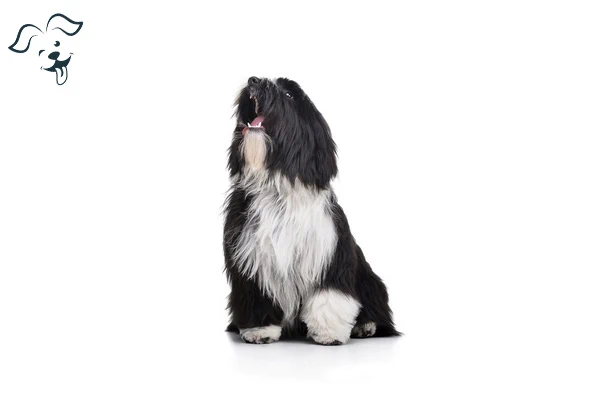
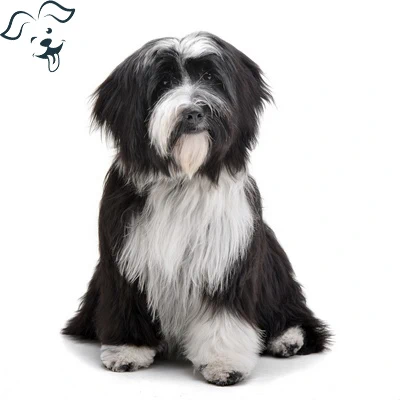




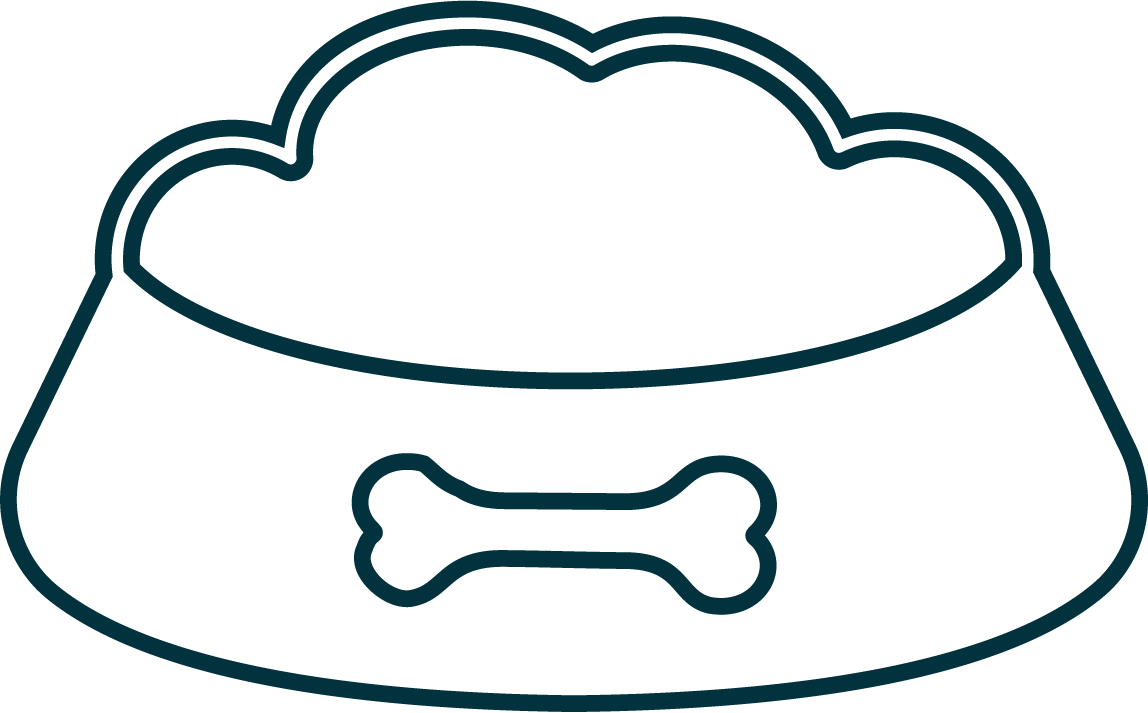

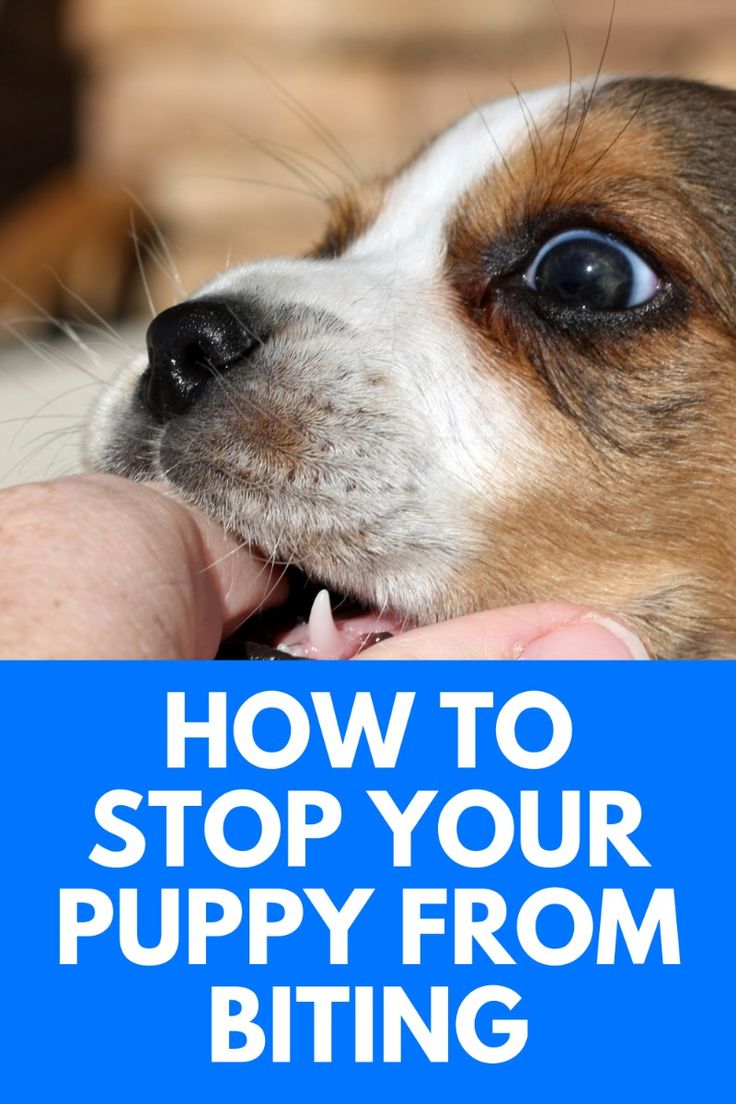
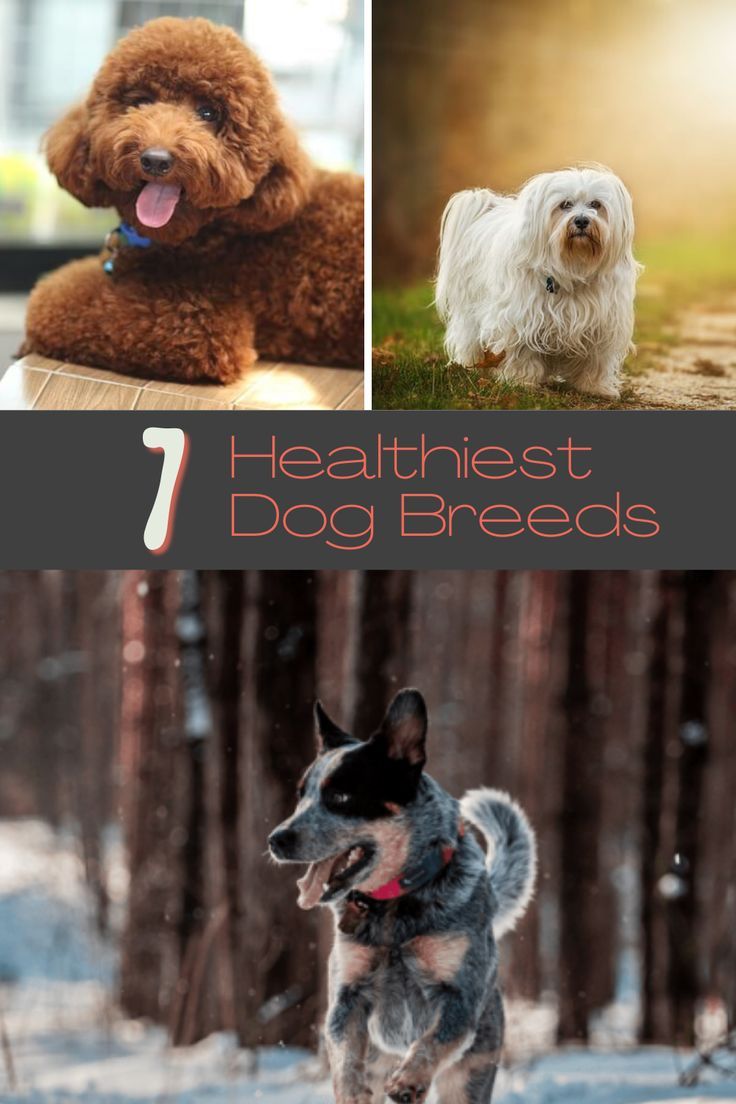

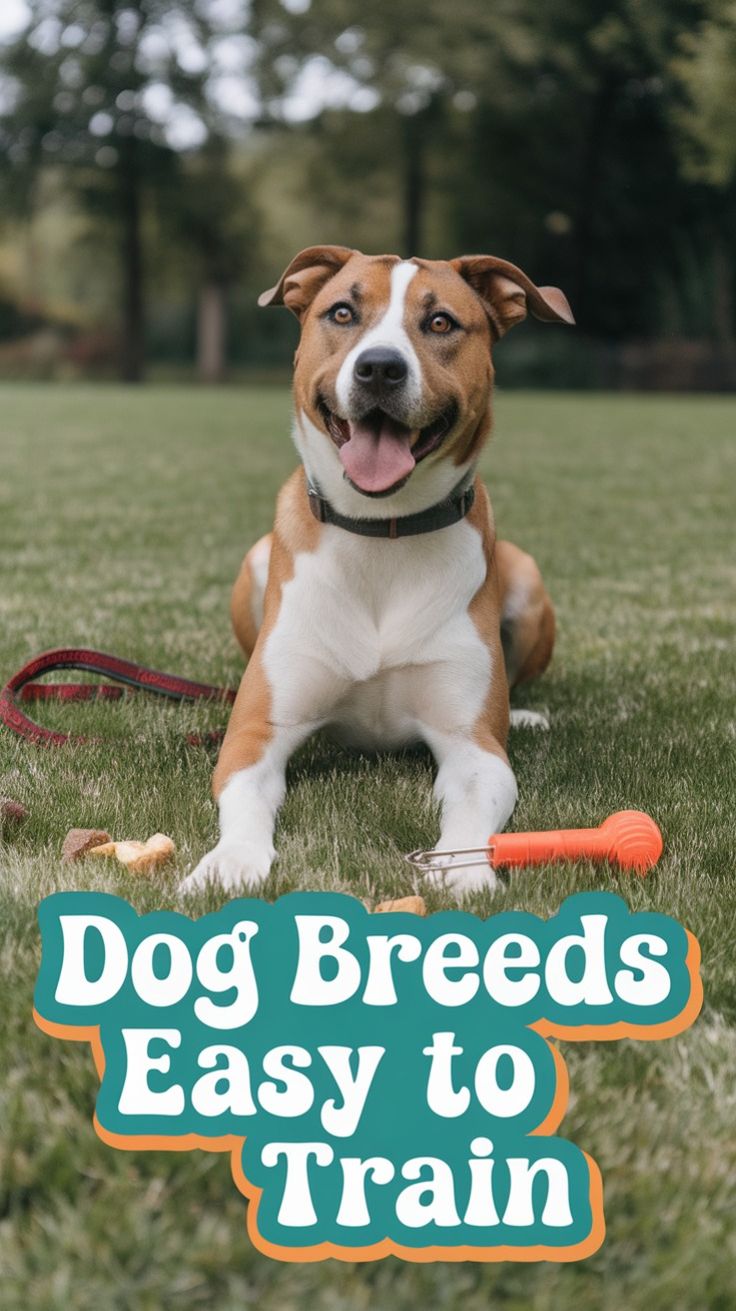
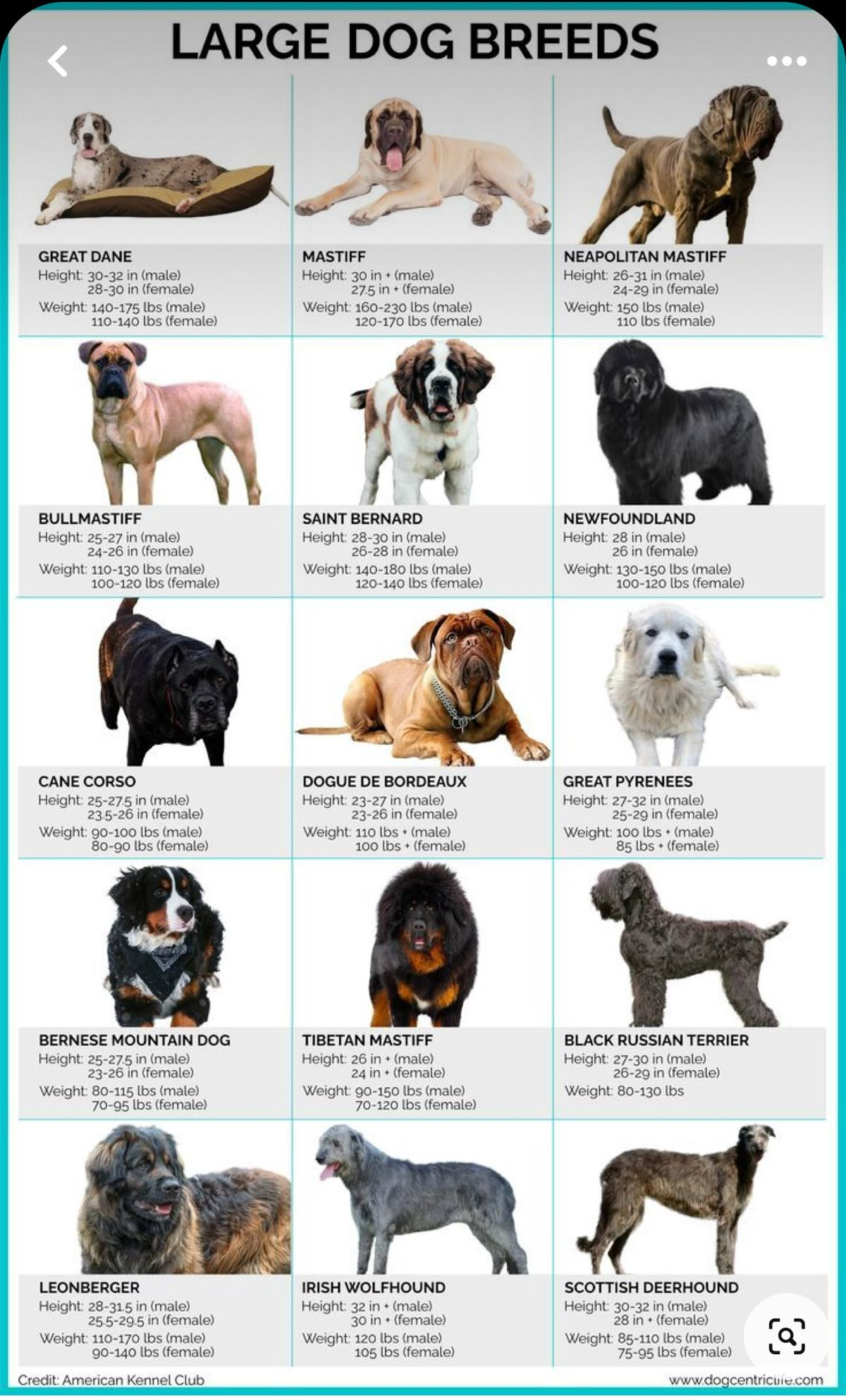

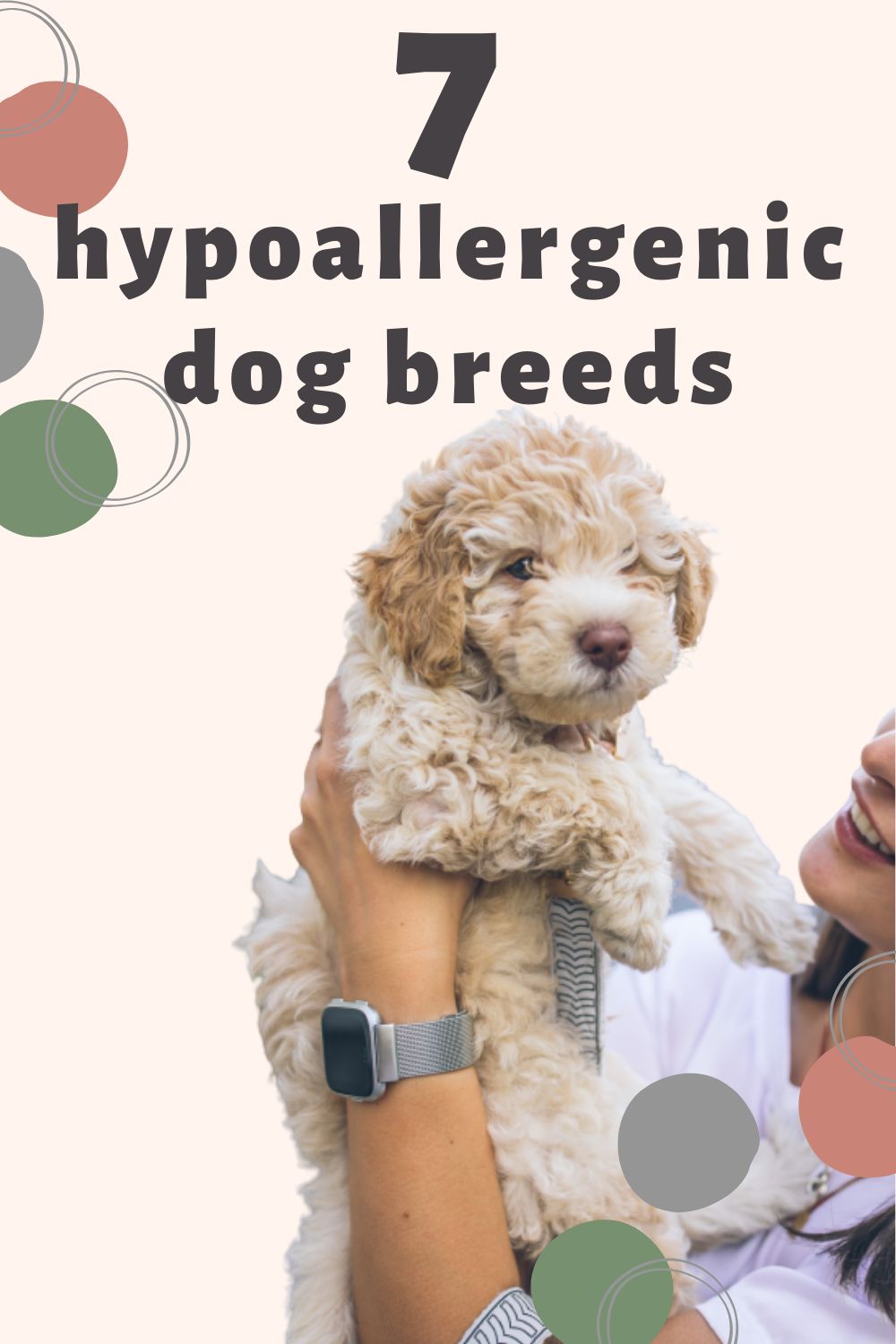
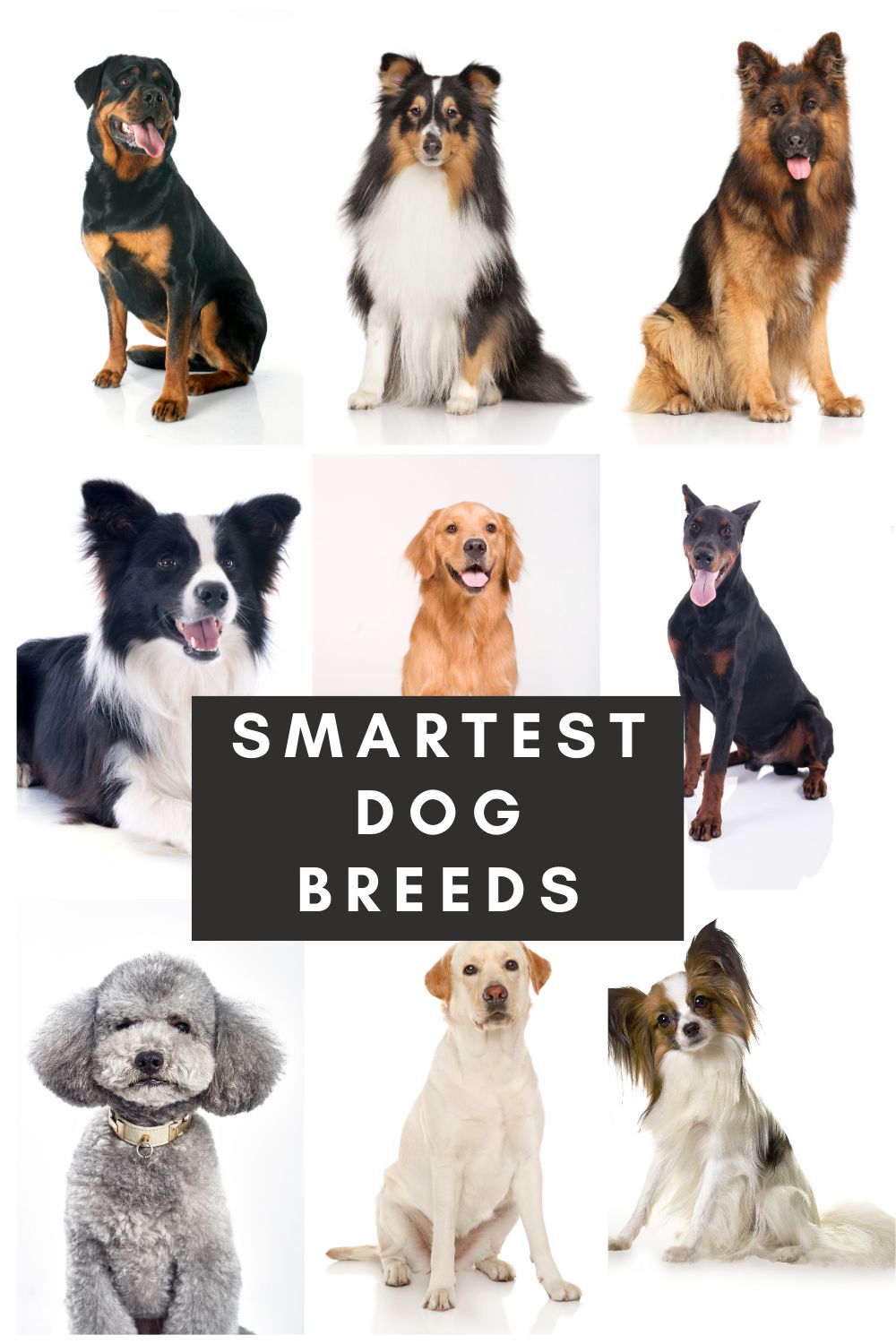

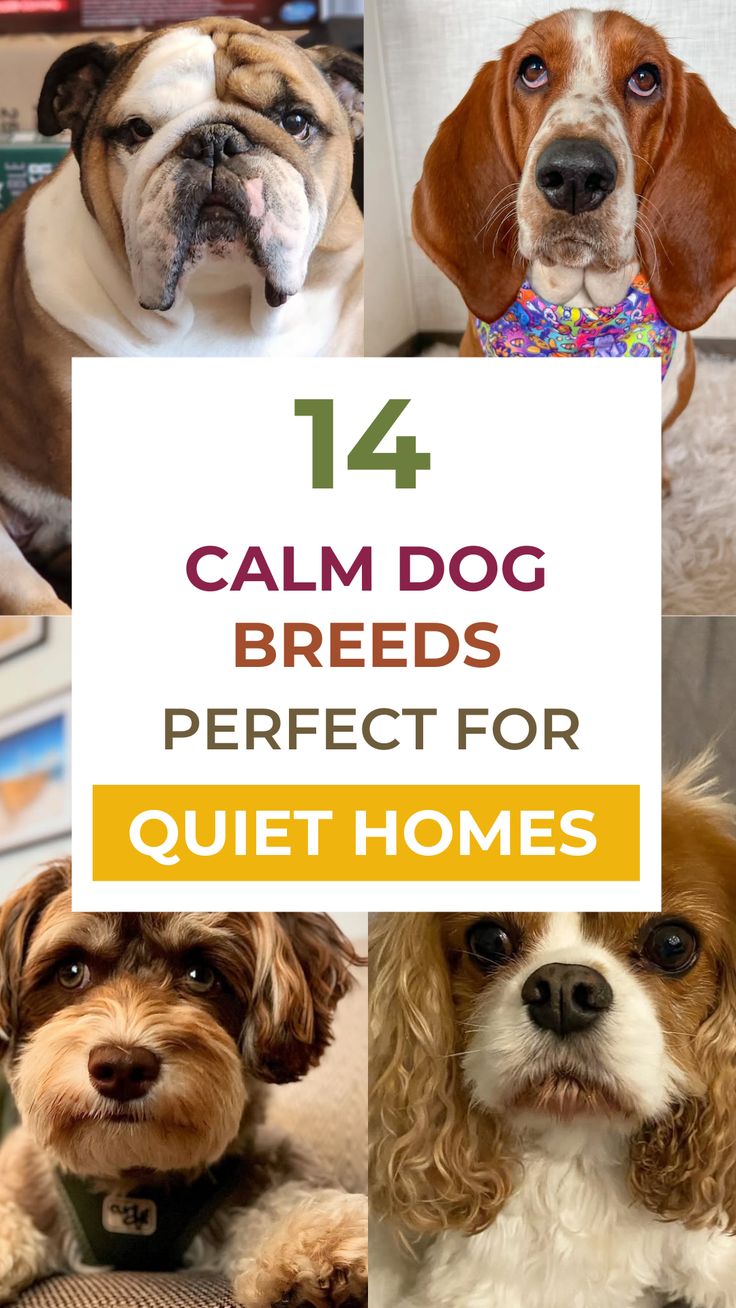

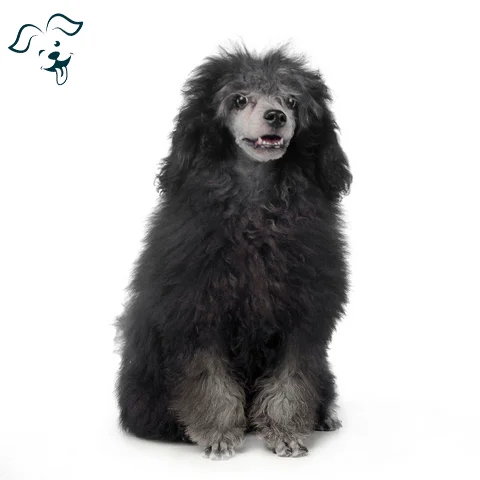

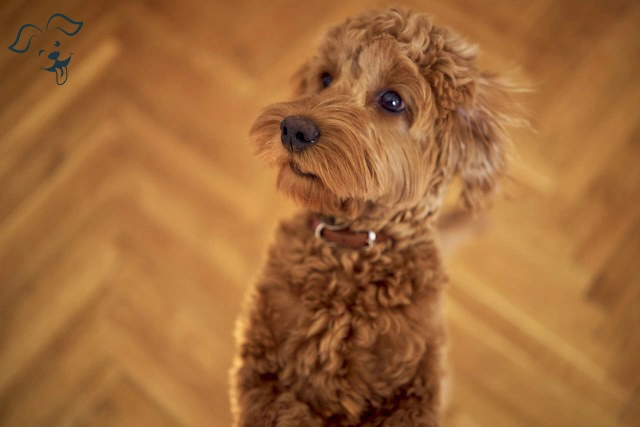
FRIENDLINESS
LIVELINESS
VIGILANCE INTENSITY
ADAPTATION CAPACITY